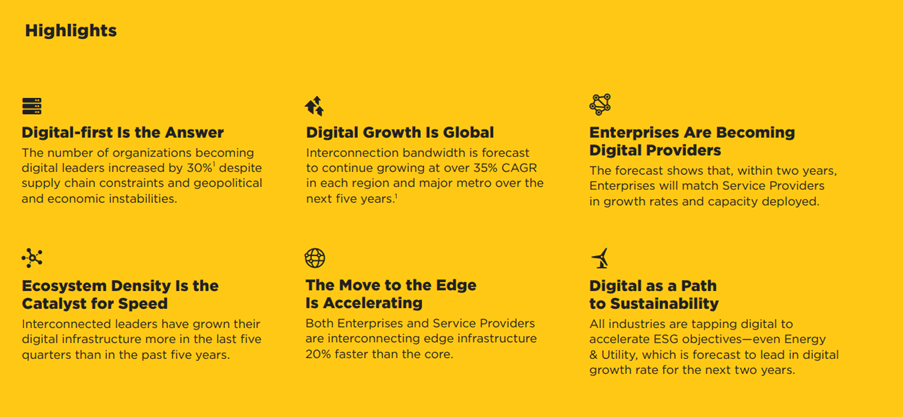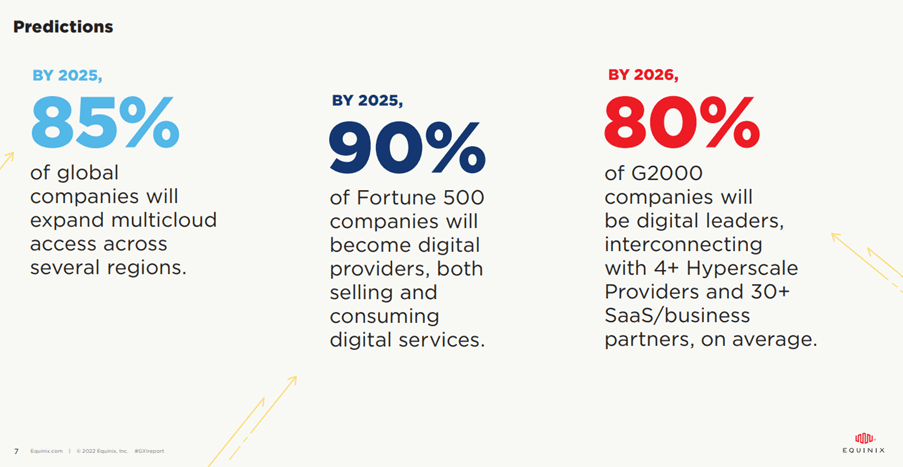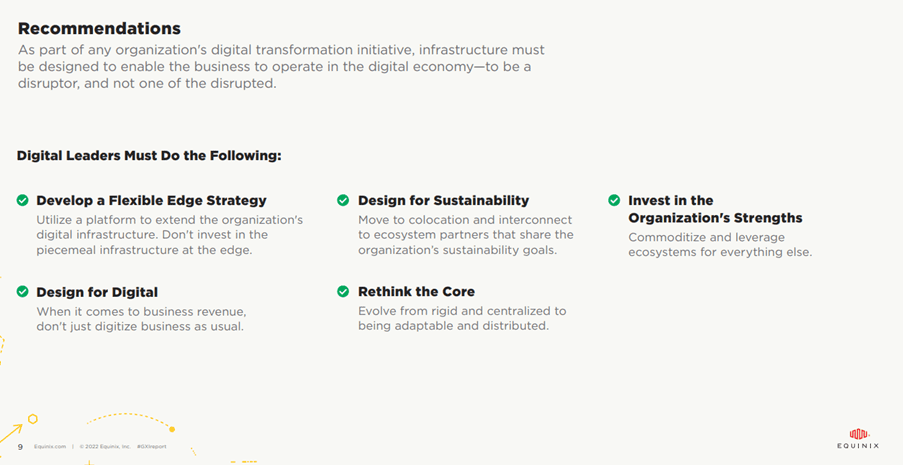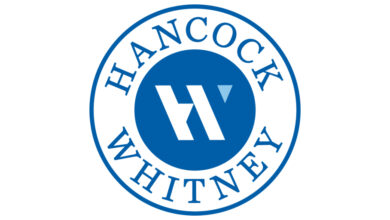Equinix forecasts that 85% global companies will increase multicloud access to multiple locations by 2025.

Digital methods are being used by more businesses to keep them ahead. Digital leaders are 30% more common.
A strong digital infrastructure is essential to be a leader. You can move forward and find solutions to combine a digital core and digital ecosystems.
The leader must also have an automated, flexible cloud-to-edge consumption model. The leaders determine their core strengths to develop an edge strategy using the platform to expand their digital infrastructure. They have seen their digital infrastructure grow more rapidly in the last five quarters than over the past five year.
Global trends on a large scale drive a digital-first strategy

Digital Presence
Digital services are becoming more important for businesses. Businesses must shift their focus to digital services in order to compete in the digital economy. Digital transformation investment is estimated to reach $6.3 trillion by 2022-2024. By 2024, 55% will have been made in ICT for this purpose.
Digital Participation
Businesses are increasingly exchanging services and goods in the digital economy. This is done by using the digital infrastructure and collaborating with marketplaces and research communities, as well as taking advantage of network and ecosystem effects. It means that digital services and products will account for more than 40 percent of the revenue of most businesses by 2023.
Digital Proximity
Companies are using technology in order to customize their workspaces for clients and employees. They’re also using technology to make the physical world more intelligent so it can be optimized for commercial and environmental impact. It will be necessary to have a digital infrastructure close to and interconnected with experiences, Internet of Things, (IoT), intelligent operations, and other relevant services. It is expected that by 2028, the global infrastructure edge footprint will be 40 gigawatts, of which 63% will support healthcare, manufacturing, energy, retail, and transportation.
Sustainability
People are holding corporations accountable for demonstrating progress in meeting environmental, social, and Governance commitments. The importance of sustainability has been elevated to a high priority. Organizations must make sure that all Requests For Information (RFIs) contain a mention about sustainability in order to prove their commitment. Although 90% of CEOs believe that sustainability matters, 60% do not have a sustainable strategy.
Interconnection strategy of digital leaders – implementing Interconnection Oriented Architecture
Leaders make connections with businesses in order to increase their competitive advantages and get better results.
For a long period, businesses that look to the future are designing their digital infrastructure around connections. Interconnection Oriented Architecture is also known (IOA) and is crucial for business growth, as the importance of interconnection in the digital economy increases.
It is now possible to create an automated edge-to cloud system that simplifies the management of infrastructure services. Businesses can easily reconfigure infrastructure in software-defined environments when there is a change in demand.
The digital leader can move quickly into new markets and shift the capacity where it’s needed. They also have the ability to add or decrease capacity in order to increase revenue. IOA continues to be a powerful architecture in times when digital businesses are changing rapidly.
IOA connects distant objects to one centralized cloud or service, but it removes that distance. It also interconnects these services so they can exchange traffic. IOA was created for digital businesses, connecting digital ecosystems and services close to the place where it happens. You can also control the speed, scale and quality of your data.
The Americas will see an increase in interconnection bandwidth to 13,238 Tbps between 2025 and 2025

Global disruptions in supply chains and economics are driving the digital economy to grow. Over the next five years, global interconnection bandwidth should grow at 40% to reach 27,762 Tbps. The result is that approximately 110 zettabytes will be transmitted annually.
Americas will be the region that continues to lead interconnection bandwidth deployment. Through 2025, they are expected to increase at 39% per year. The result will be 52 gigabytes of data exchange annually. Expect higher deployments in America’s enterprise sectors than for Services Providers.
Most interconnection bandwidth has been driven by the network, cloud and financial services industries. 86% of this bandwidth is spread across the core locations. LATAM is the most rapidly-growing edge and core locations. New York hosts 35%, with most interconnections being business or ecosystem partners. In D.C., Cloud & IT and Hyperscale Providers constitute 33% of the forecasted bandwidth; most destinations are Network Providers.
Sao Paulo has the highest growth core metro, with a 46% 5-year CAGR. Silicon Valley, Dallas, and Houston are close behind. These three metropolitan areas have seen enterprise adoption grow by more than 20%.
All edge areas continue to see growth in Hyperscale providers. Los Angeles remains an important edge network hub. Toronto and Mexico City, however, are well-established Financial Service Hubs. The B2B access of partners is responsible for almost 20% bandwidth.
25 percent of global interconnection predictions are for Europe, Africa, Middle East, or Africa (EMEA). Through 2025, interconnection bandwidth should grow at 40% per year to 6,972Tbps.It is the equivalent of 28 gigabytes worth data being exchanged each year. Core locations in EMEA are growing at a 40% CAGR, which makes up 77% of the region’s forecast.
Asia-Pacific (APAC), expected to expand at 40% through 2025 to 7,552 Tbps. This is equivalent to 30 Zettabytes per year of data exchanging annually. APAC accounts for 27% of global interconnection forecast. 78% of APAC’s forecast is from core locations, growing at a 39% CAGR.

Source: Equinix
Read next: Telxius and NJFX team up to deliver fully diverse subsea cable connectivity across the Atlantic and Latin America
The full article is available here Click here







